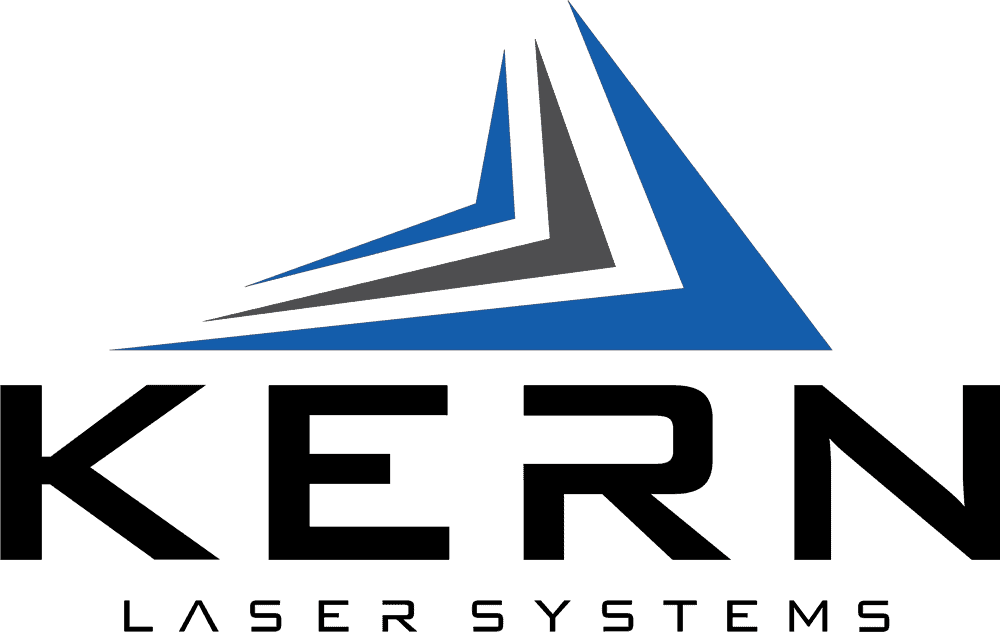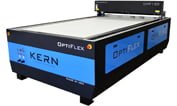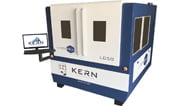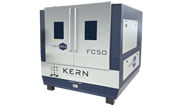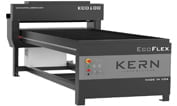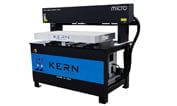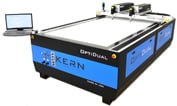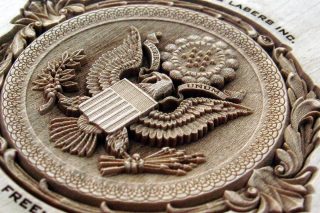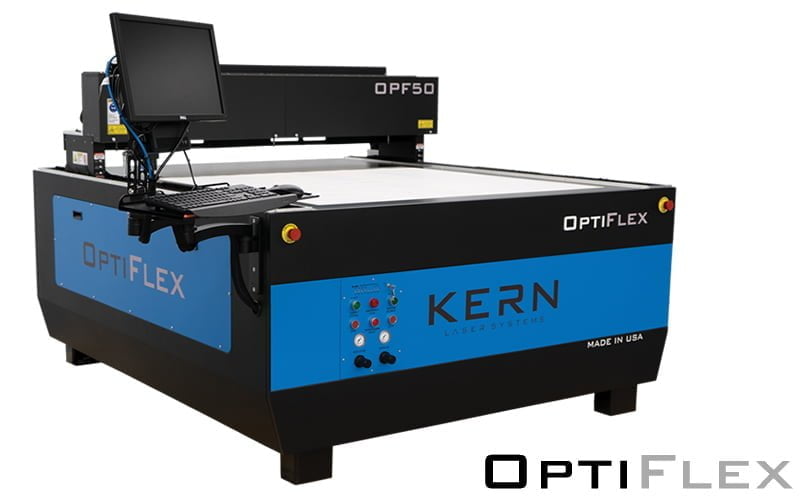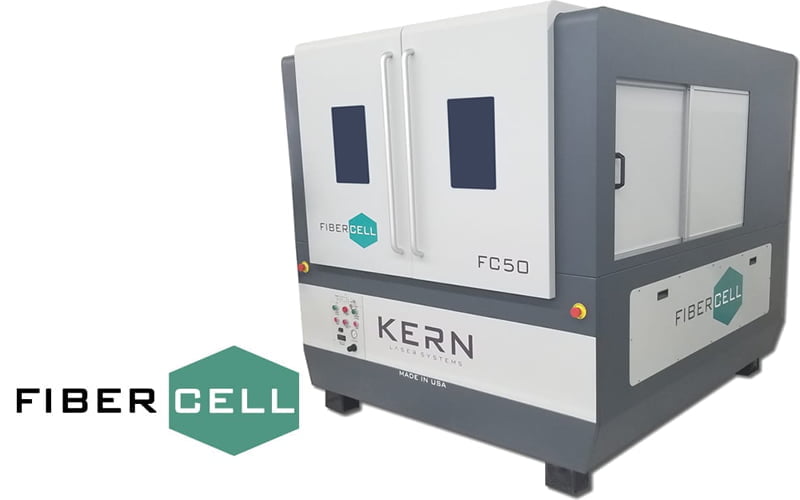STAINLESS STEEL LASER CUTTING
Stainless Steel
Laser cutting stainless steel is a modern manufacturing techniques, offering unmatched precision, speed, and versatility. This process is widely employed across various industries, ranging from automotive and aerospace to medical and construction sectors. The key advantages of laser cutting—such as its ability to produce intricate and complex designs with a high degree of accuracy, minimal material wastage, and superior edge quality—make it an invaluable tool. This cutting-edge technology caters to a wide range of applications, including the fabrication of industrial machinery parts, medical implants and devices, architectural elements, and decorative art. Its efficiency and precision have not only streamlined production processes but also opened up new possibilities in design and engineering, redefining the standards of manufacturing stainless steel components.
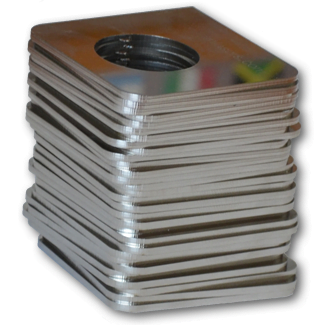
Advantages of Laser Cutting Stainless Steel
Precision and Accuracy
- Complex Contours and Intricate Designs: Laser cutting allows for intricate designs and precise cuts, essential for detailed projects.
- Minimal Kerf Widths: Leads to more efficient material usage and finer details.
Efficiency and Speed
- Rapid Production: Laser cutting is significantly faster than traditional methods, enhancing productivity.
- Automated Process: Reduces the need for manual labor, minimizing errors and speeding up production.
Versatility and Quality
- Adaptable to Various Thicknesses: Laser cutters can handle a range of material thicknesses with ease.
- High-Quality Edges: The process results in clean, burr-free cuts, reducing the need for additional finishing.
Cost-Effectiveness
- Reduced Material Waste: Precise cuts mean more efficient use of materials.
- Lower Operating Costs: Laser cutting is less labor-intensive and can reduce the overall cost of production.
Safety and Environment
- Contactless Cutting: Reduces the risk of accidents and material contamination.
- Reduced Carbon Footprint: More efficient than traditional methods, contributing to sustainable manufacturing practices.
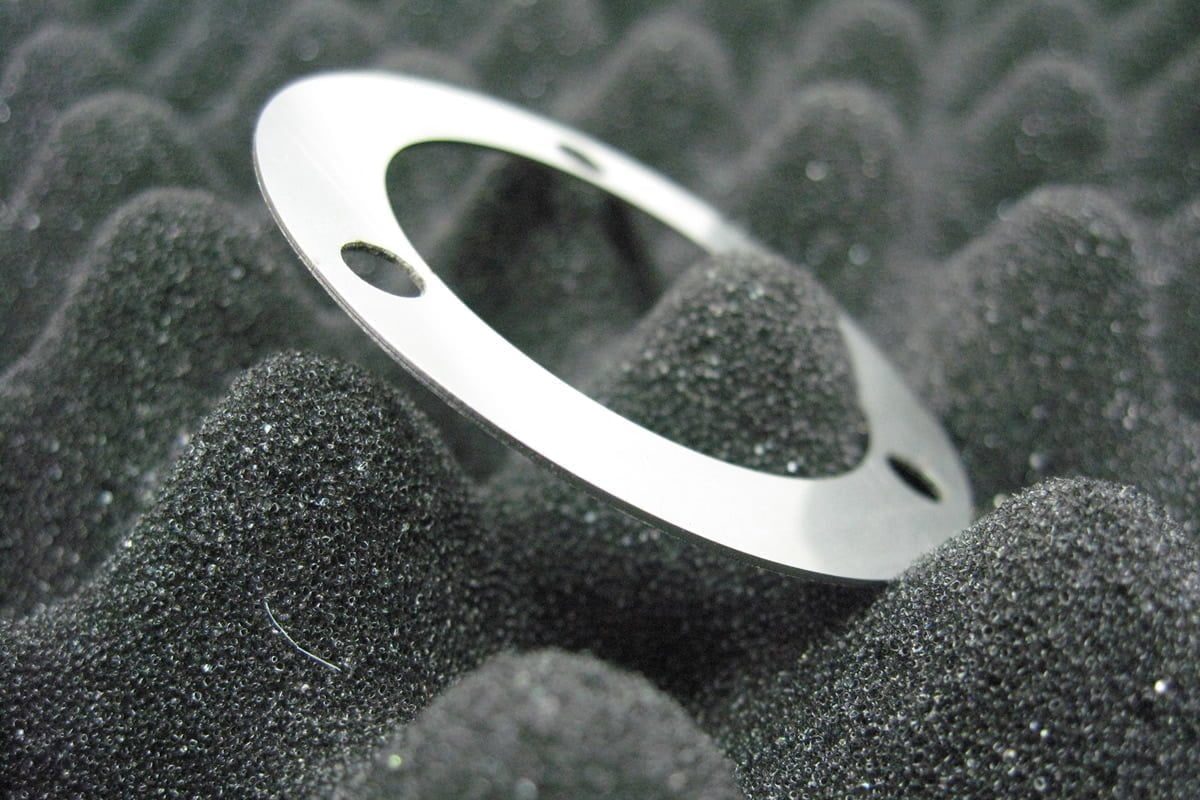
Tips and Tricks
Nitrogen Gas
Using nitrogen as an assist gas in laser cutting stainless steel is a widely recognized best practice, primarily due to its significant impact on the quality and characteristics of the final product. Nitrogen, an inert gas, prevents oxidation at the cut edges, ensuring clean, oxide-free cuts. This is crucial for stainless steel, as oxidation can compromise its corrosion resistance and aesthetic appeal.
Lead-Ins
Incorporating lead-ins during the laser cutting process of stainless steel is a highly beneficial practice, particularly in ensuring the quality and precision of the cut. Lead-ins are small, preliminary cuts made before the actual cutting path begins. They serve as a buffer zone, allowing the laser to reach its optimal cutting speed and power before engaging with the critical parts of the design. This approach significantly reduces the risk of material damage at the start point, such as dross formation, burning and warping.
